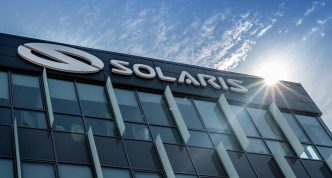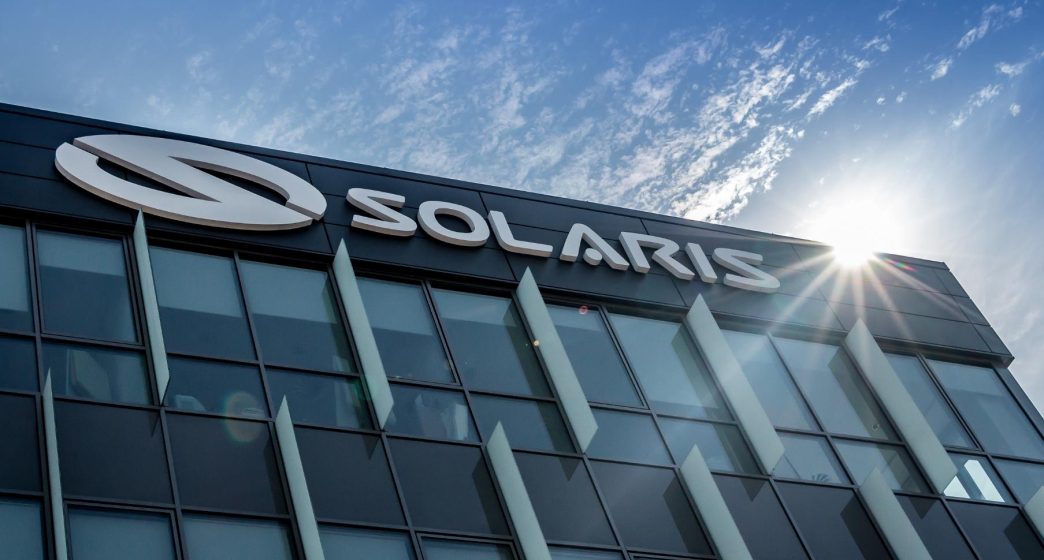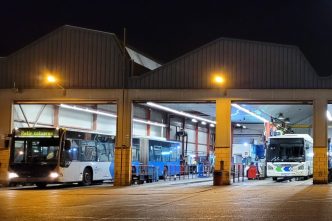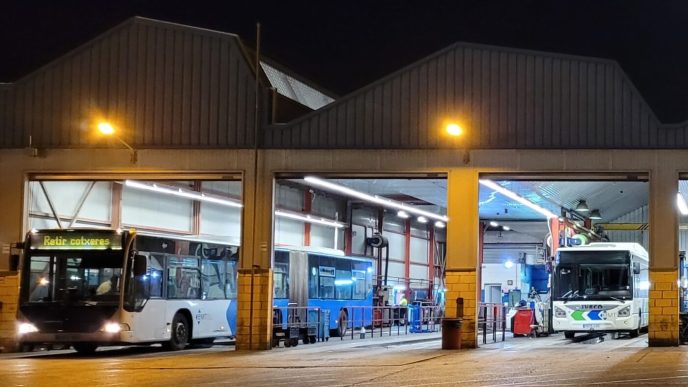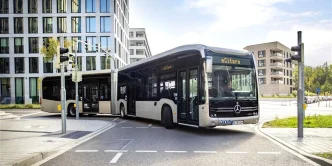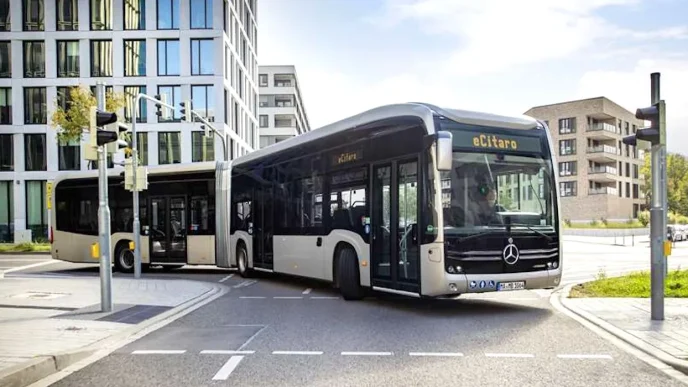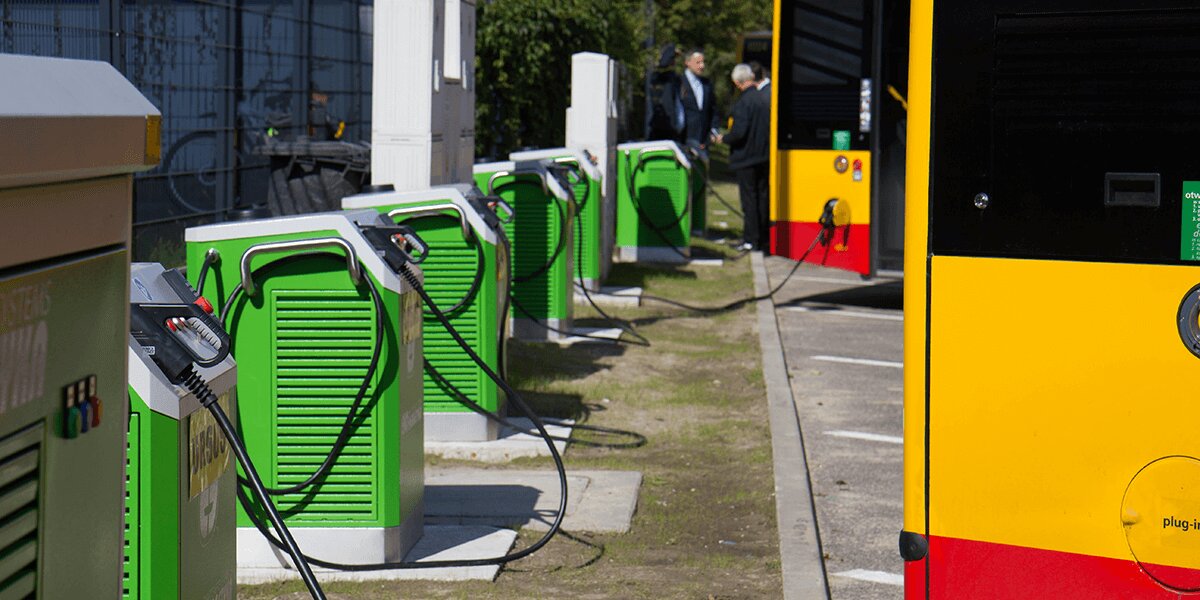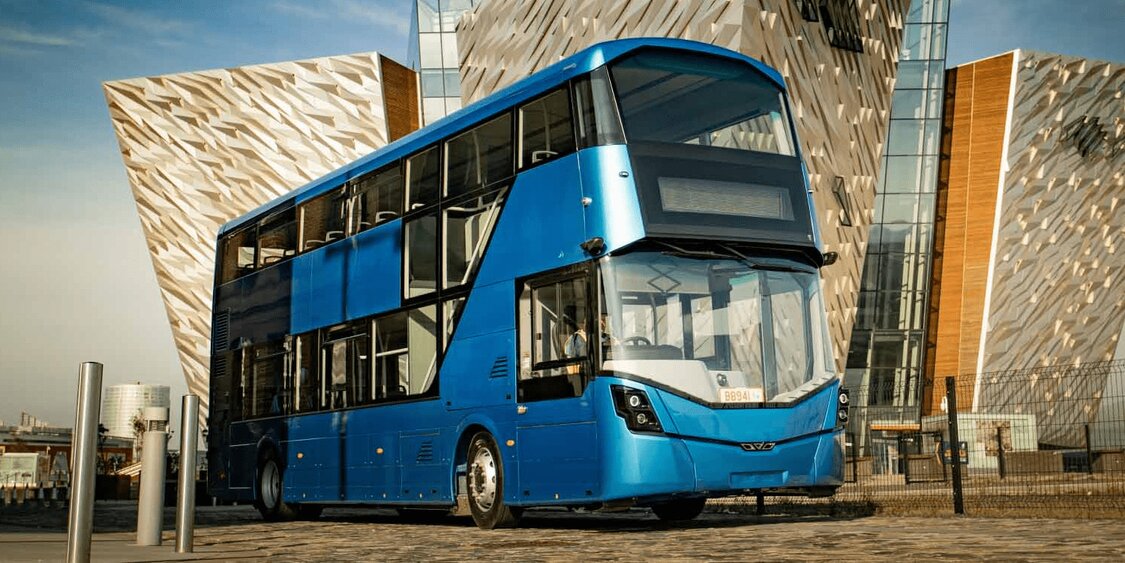Polish bus manufacturer Solaris has entered the North American market with an order from Seattle’s King County Metro for four battery-electric buses, marking a significant milestone in the company’s expansion. The order, which includes two 40-foot solo buses and two 60-foot articulated models, is set for delivery in the second half of 2026. Additionally, the agreement includes an option for King County Metro to purchase 12 more units.
The buses will be built on a platform tailored to the North American market, incorporating Solaris’ advanced battery and propulsion technologies. While specific details of the U.S. versions remain undisclosed, Solaris highlighted its 15 years of experience with electric buses in Europe, where its Urbino models boast battery capacities of up to 600 kWh for solo buses and 800 kWh for articulated versions, enabling ranges of up to 600 kilometers. These buses also feature cutting-edge connectivity and proprietary battery integration technologies that have been well-proven in European markets.
“This agreement is a significant milestone for Solaris as we aim to establish ourselves as a leading supplier of zero-emission buses in North America,” said Javier Iriarte, CEO of Solaris Bus & Coach. “Our proven European technologies are now poised to support the transition to sustainable transport in U.S. cities. This partnership with King County Metro marks a crucial step in expanding zero-emission transit solutions across the region.”
King County Metro General Manager Michelle Allison praised the collaboration, stating, “Our partnership with Solaris underscores our commitment to building a sustainable future. By adopting innovative technologies, we’re advancing our goal of a zero-emission fleet while addressing challenges in bus manufacturing. This partnership has the potential to benefit not just Metro but also other transit agencies across North America.”
The agreement highlights Solaris’ strategic ambition to bring its European expertise in zero-emission buses to North American transit systems, potentially shaping the region’s transportation landscape for years to come.

